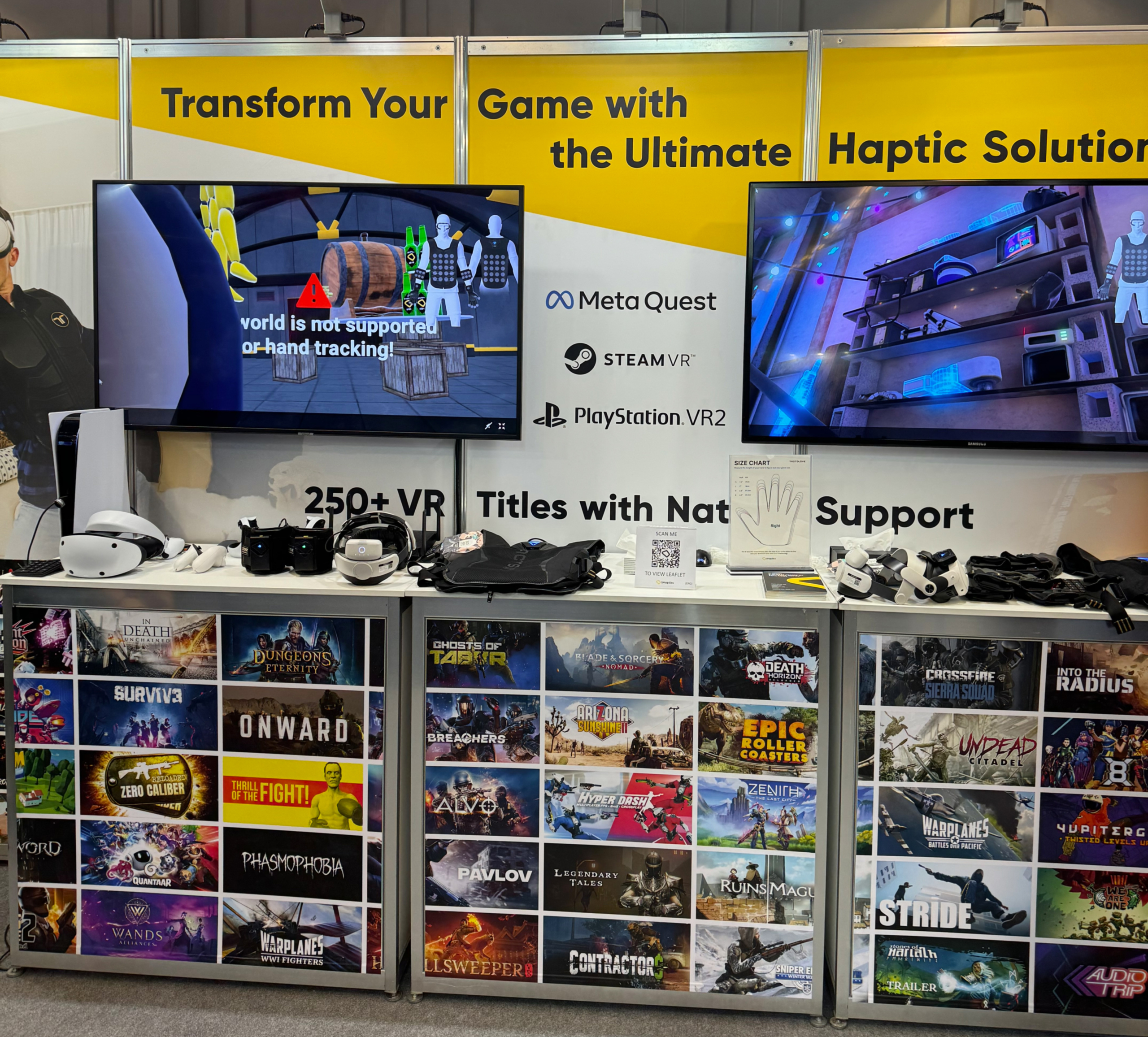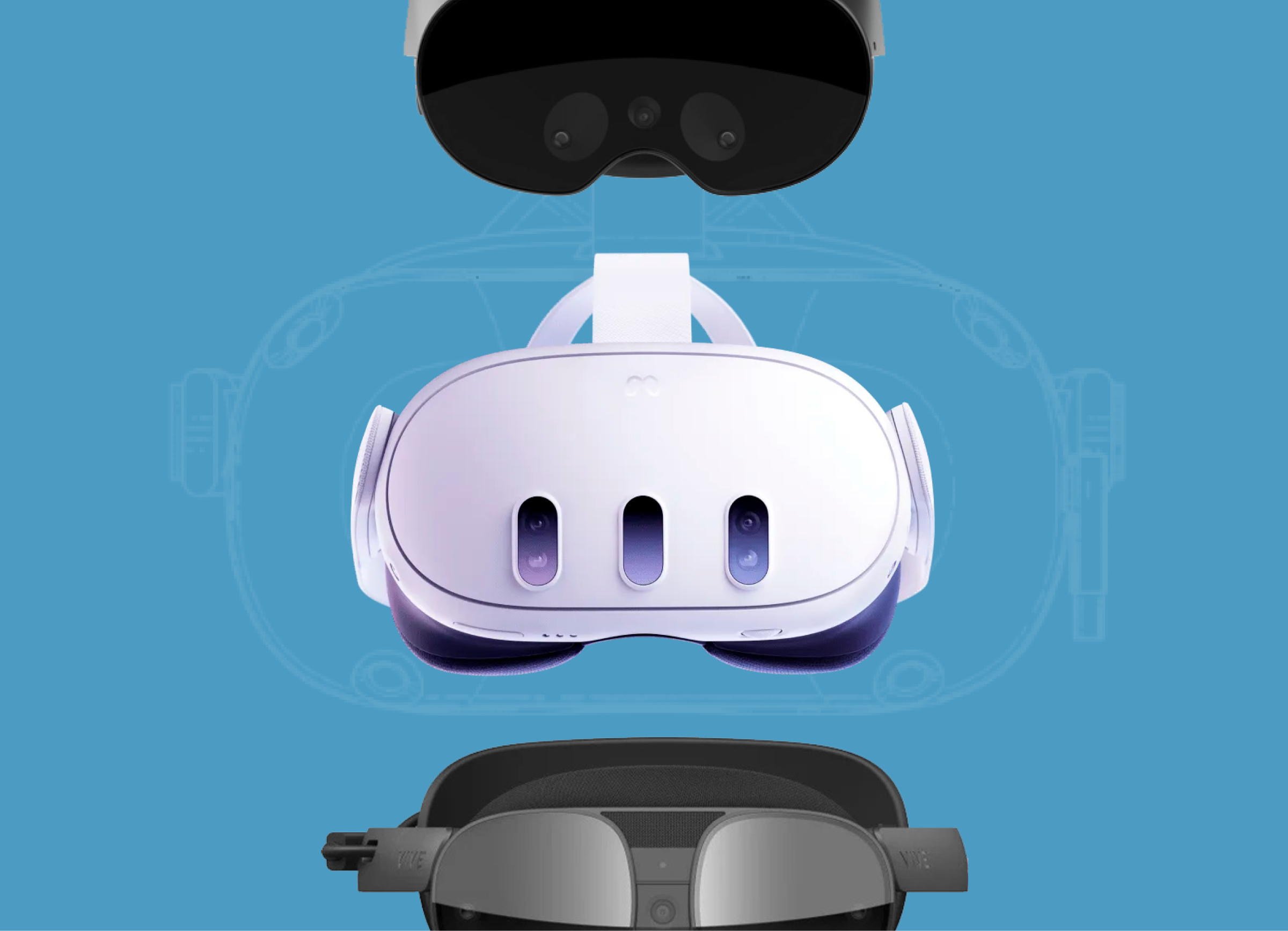
This year’s Gamescom 2024 in Cologne, Germany, provided proof of the gaming industry’s astounding growth. Our team was thrilled to have a chance to attend this event, which showcased the latest in gaming and gave us a glimpse into the future of the industry.
Gamescom 2024 was a record-breaking conference, with over 335,000 guests from about 120 nations, making it one of the world’s largest and most international gaming gatherings. This year’s showcase had a considerable rise in attendance — nearly 15,000 people over the previous year.

Gamescom 2024 introduced new hardware advances used for the next generation of video games. Improvements in CPUs and video cards, particularly from big companies in the industry like AMD and NVIDIA, are pushing the boundaries of what is feasible for games in terms of performance and graphics.
For example, NVIDIA introduced the forthcoming GeForce RTX series, which promises unprecedented levels of immersion and realism. Not to be outdone, AMD has introduced a new series of Ryzen processors designed to survive the most extreme gaming settings. These technological advancements are critical as they allow video game developers to create more complex and visually stunning games, particularly for virtual reality.

As processing power increases, virtual reality is reaching new heights. We saw numerous VR-capable games at Gamescom that offer players an unparalleled level of immersion. Being a VR/AR development company, we were excited to watch how technology was evolving and what new possibilities it was bringing up. The video game called “Half-Life: Alyx” has set a new standard, and it’s clear that VR is no longer a niche but a growing segment of the gaming market.
Gamescom’s format proved its strength, as indicated by the fact that its two days were run in two formats. Gamescom stands out from other games exhibitions or conventions by being both a business and consumer show. This dual format enables the developers to collect feedback on their products immediately. This is especially so when meeting prospective clients during a presentation or when giving a demonstration to gamers, the response elicited is very helpful. Rarely does anyone get a chance to witness the actual implementation and real-world effect of what they have done.

